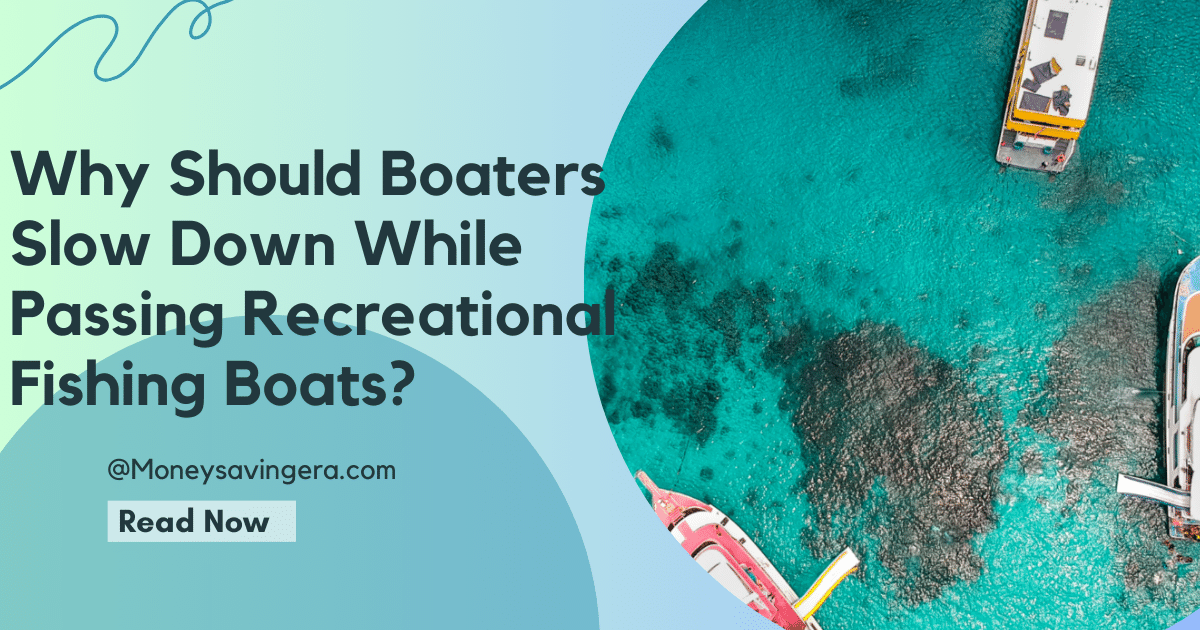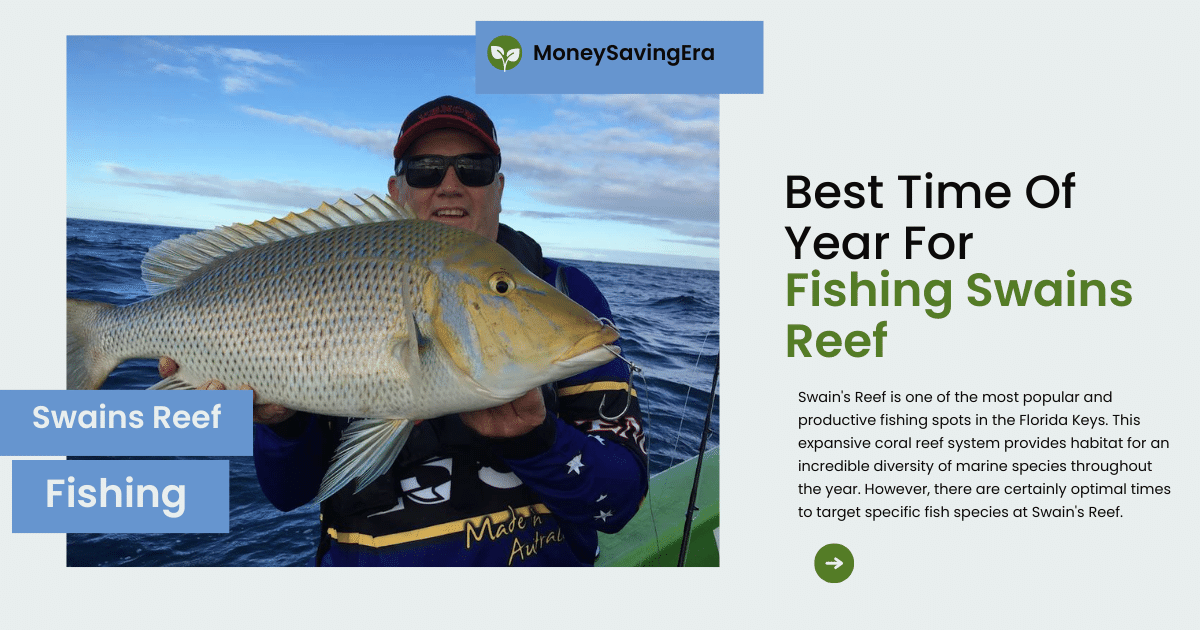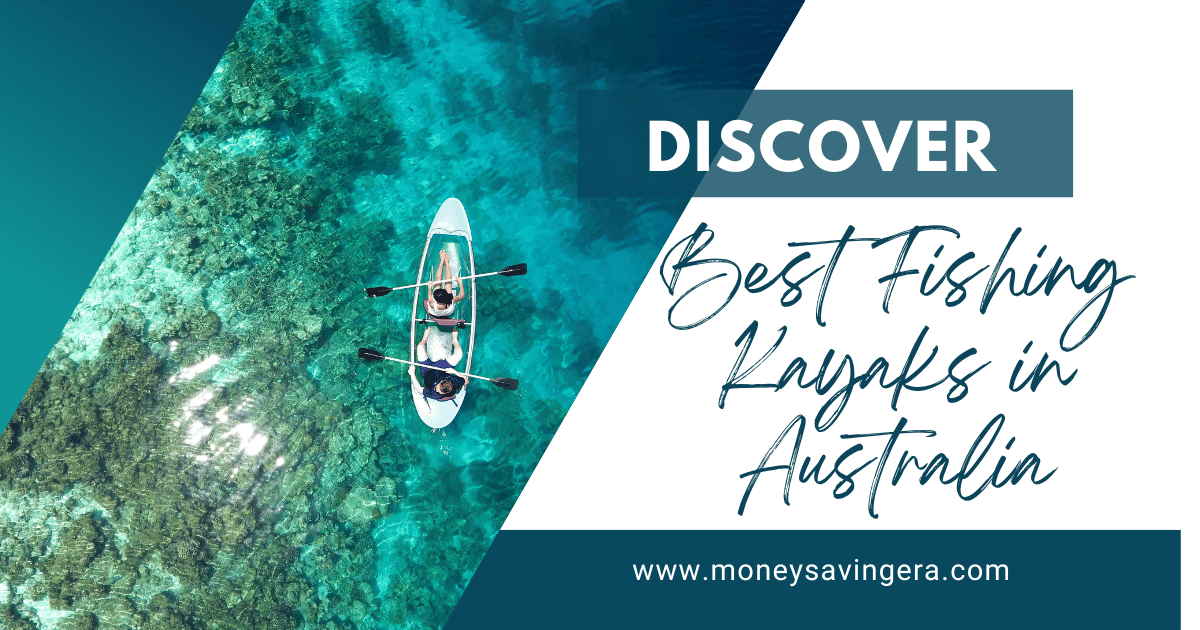Fishing while sailing on a ship or boat can be a fun way to pass the time and try to catch some fish. But is it actually effective and worthwhile? Let’s dive in and explore the ins and outs of fishing while a ship is moving.
Overview of Fishing from a Moving Vessel
Fishing from a moving boat, ship, or other watercraft is known as trolling. This technique involves slowly dragging fishing lines behind a boat that’s in motion. Anglers utilize trolling to cover a lot of water to find fish in lakes, oceans, and rivers.
Both commercial fishing operations and recreational fishermen have been trolling for centuries. But there are some unique considerations, challenges, and techniques involved with effectively fishing from a moving vessel.
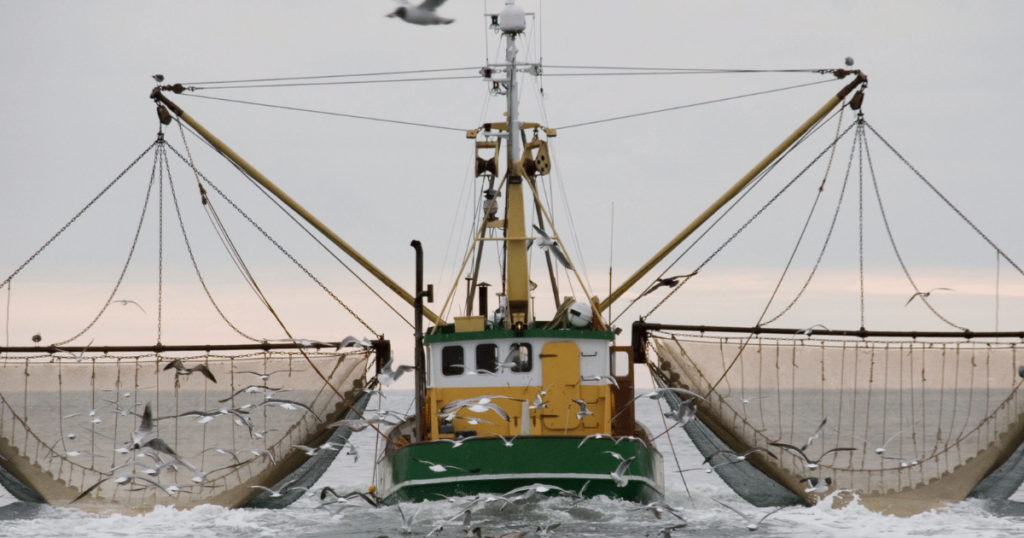
In this article, we’ll cover everything you need to know about trolling fish while on a moving ship or boat:
- The basics of how trolling works
- Pros and cons of fishing while moving
- Recommended trolling speeds
- The best fish species to target
- Special gear and rigging required
- Tips and techniques for success
- Safety precautions to take
Let’s start by examining how you actually go about fishing from a moving watercraft.
How does fishing from a moving vessel work?
Trolling involves trailing fishing lines with bait or lures behind a ship or boat that is underway. This allows you to cover a larger area of water than you could by sitting stationary. The motion of the vessel moves the baited lines through the water, mimicking how prey naturally swims. This triggers strikes from game fish like salmon, trout, or walleye that are looking for an easy meal.
Anglers use specialized trolling equipment and techniques to keep the lines at the desired depths and positions behind the boat. When a fish strikes, you’ll feel the tug on the line or see rod movement. It’s then time to reel in your catch!
Trolling is done at slow speeds, typically 1-6 mph, depending on the conditions. Too fast, and the gear won’t run properly. Too slow, and it defeats the purpose of covering more water. The speed needs to be fast enough to keep the lines taught so you can detect bites.
Now let’s go over the main pros and cons of fishing while trolling.
Pros of Trolling
- Covers much more water than stationary fishing
- It allows you to find fish instead of waiting for them to come to you
- It works well for targeting species that follow baitfish schools
- A fun way to pass time while traveling between fishing spots
- Can be very effective once you learn proper techniques
Cons of Trolling
- It can be more difficult for a novice to learn and master
- Requires specialised trolling rods, reels, and tackle
- We need to be mindful of boat traffic and navigation hazards
- Lines can more easily get tangled and need monitoring
- Not compatible for many common fishing techniques
Despite some drawbacks, trolling remains a very popular and productive fishing method for anglers of all experience levels.
Recommended Speeds for Trolling
One of the keys to trolling success is maintaining the proper boat speeds. Here are some general speed guidelines to follow when trolling:
- 1-3 mph: best for shallow areas less than 30 feet deep. Use for trolling with spoons, crankbaits, and spinners.
- 2-4 mph: ideal speed for trolling plugs, dodgers, divers, and flashers in waters 30–100 feet deep.
- 3-5 mph: For targeting open-water species like tuna or stripers, increase speeds to 3-5 mph. Use downriggers to get lures down deep.
- 4-6 mph: Trolling at the faster speeds of 4-6 mph works well when surface fishing for mahi-mahi, wahoo, and other pelagic.
Of course, factors like the size and power of your boat, weather conditions, and the species you’re targeting impact the ideal trolling speed. Start on the slow side and gradually increase until you’re getting consistent bites.
Best Fish Species to Target While Trolling
Many predatory fish are perfect targets for trolling techniques. Here are some top species to target:
Salmon
- King, coho, sockeye, and pink salmon love chasing bait schools and attacking spoons, plugs, and flashers trailed from a moving boat.

Trout
- Troll shallow-running crankbaits or live bait rigs for rainbow, brown, brook, and lake trout.

Walleye
- Bottom bouncers or diving plane rigs excel at trolling mid-depth walleye around structures.
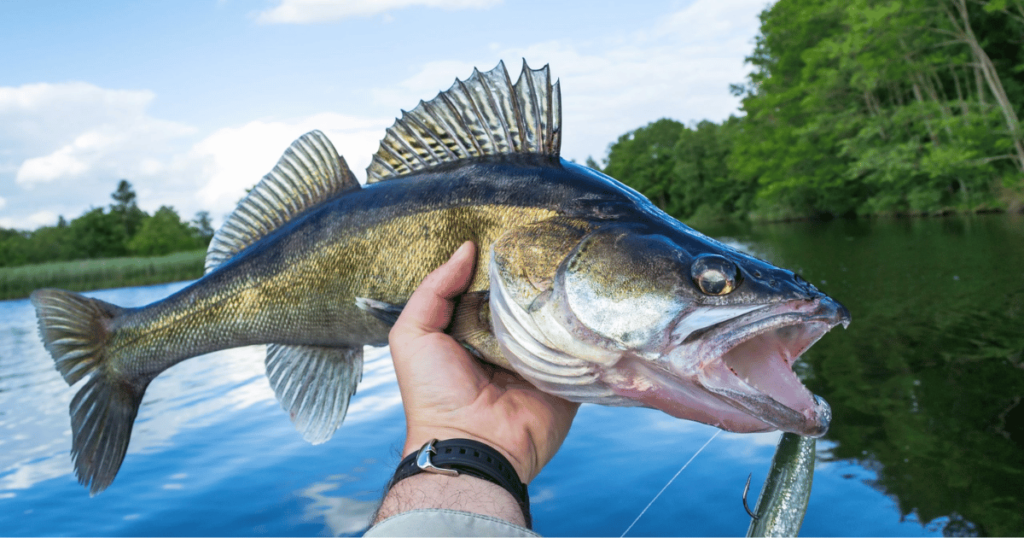
Striped Bass
- Keep trolling plugs and flies moving fast, around 5+ mph, to entice aggressive strikes from stripers.

Mahi-Mahi
- Nearshore pelagics like mahi attack trolled lures aggressively when targeting color changes and weed lines.
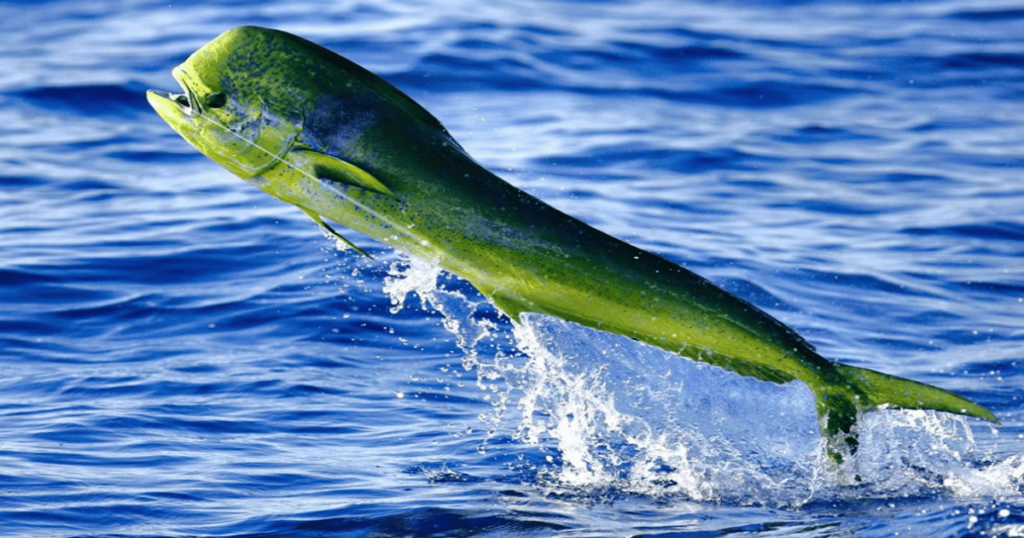
Bluefish
- Quickly cover open water, trolling deep divers, spoons, and plugs to catch voracious bluefish.
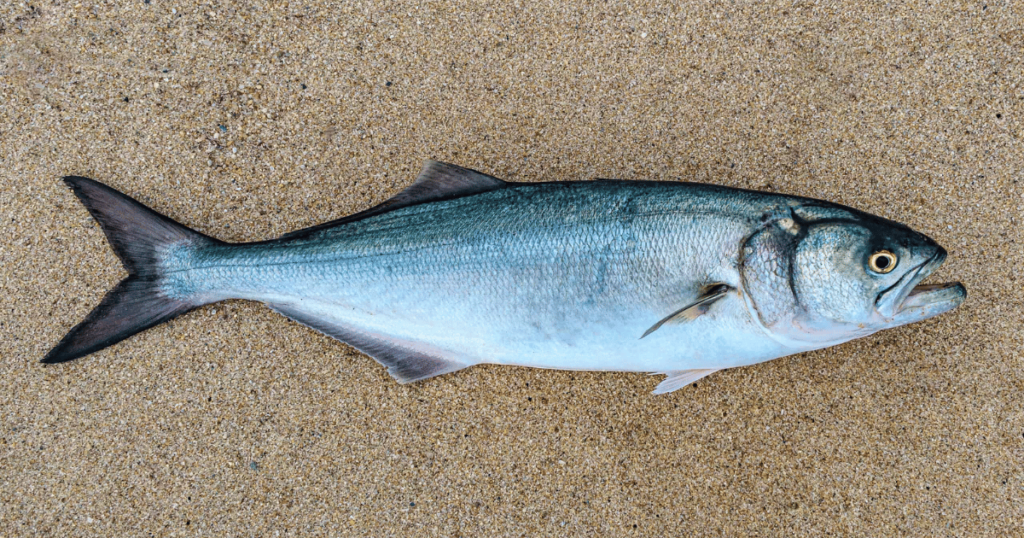
Trolling works for many freshwater and saltwater game fish. Match the best lures and depths for the species in your area.
Specialised Gear for Trolling
Having the proper rod, reel, line, and terminal tackle setup is key to trolling success. Here are some of the specialised trolling gear you’ll need:
- Trolling Rods: longer than normal rods at 8–10 feet with a strong butt section for battling big fish.
- Baitcasting Reels: Line counter or lever drag reels capable of holding 200+ yards of line.
- Trolling Line: Use braided lines or lead core line to get lures running at the desired depths.
- Planer Boards: Attach lines to planer boards that spread them away from the boat.
- Downriggers – Heavy downriggers lower bait to precise depths for midwater or bottom fishing.
- Snap Weights: Add small bucktail or slim release clips to quickly change trolled lures.
Having proper rods, reels, lines, and rigging tools is critical for keeping your baits running correctly while trolling. Invest in quality gear designed for trolling.
Tips and Techniques for Effective Trolling
It takes practise to master trolling techniques. Here are some useful tips:
- Vary your trolling speed until you find what’s working to trigger bites. Go slower in cold water.
- Keep an eye on your rod tips and lines to see if lures are running properly. Watch for line jumps indicating strikes.
- Use sonar finders to identify fish-holding spots and determine bait running depth.
- Turn the boat in slow arcs instead of sharp corners to keep lines trailing straight.
- Let out more line in proportion to increased speed to keep baits tracking well.
- Deploy a smaller “teaser” lure or dodger ahead of your main lure to trigger reaction bites.
- Keep the boat moving steadily without large variations in throttle.
Paying close attention to boat control, lure action, and electronics will help perfect your trolling skills.
Safety Tips for Trolling
Since trolling involves actively moving with lines trailing, it presents some safety considerations:
- Minimize crossing lines that can lead to frustrating tangles.
- Position lines at different distances from the boat using outriggers, planer boards, and the width of the stern.
- In case you fall overboard and a hooked fish pulls you, wear a PFD life jacket.
- Bring in lines before restarting the engine to avoid propeller entanglements.
- Watch for other boats, obstacles, or navigation markers and adjust course accordingly.
- Have a boat knife ready to quickly cut lines if needed.
- Avoid fast turns that sweep the trolling rods across the deck.
Stay alert and take precautions to troll safely. The extra action is worth it when you hook the catch of the day!
Conclusion
Trolling from a moving vessel allows anglers to cover water more efficiently in search of actively feeding fish. While taking some specialized gear and skill, the results make trolling a productive and exciting fishing technique. Targeting salmon, trout, walleye, stripers, and other species keeps the action steady. With the right boat control and equipment, trolling while a ship is underway can lead to a great catch.
FAQs
Here are some FAQs about fishing while moving on a ship:

